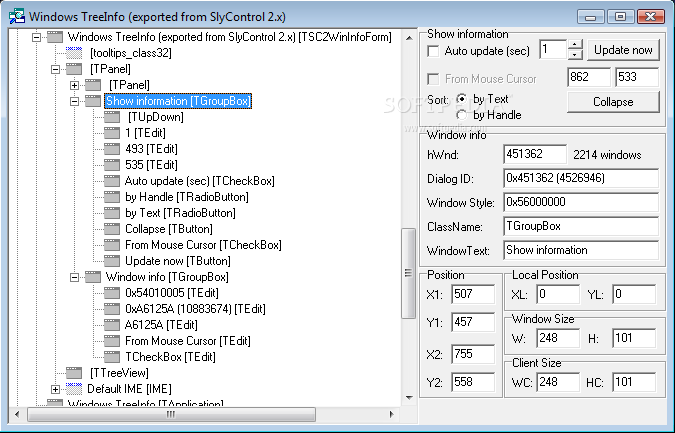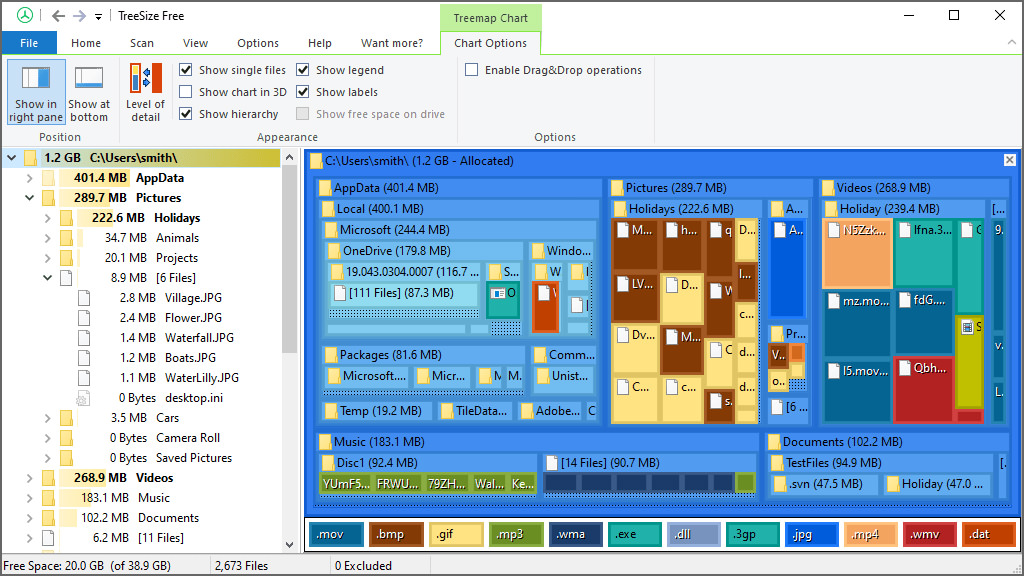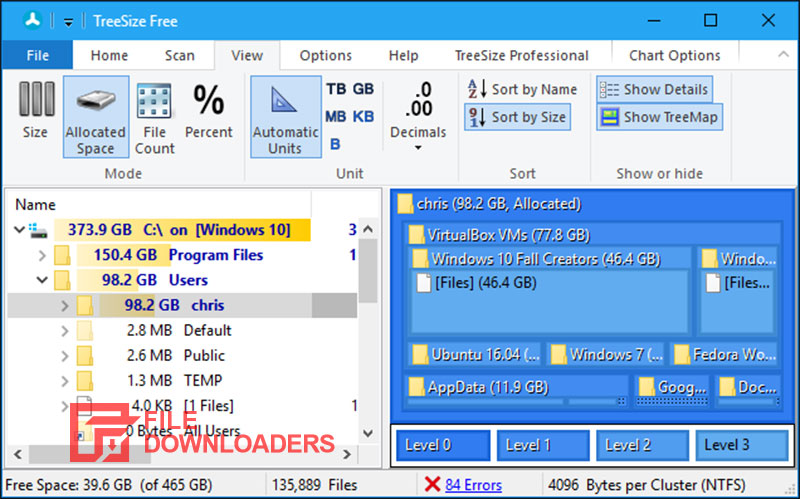
The goal of the script was to have Powershell get all files in a directory and subdirectories with size. I wanted something a bit more portable and most of all, I wanted something clean! I decided I was going to write a Powershell script to get folder sizes on remote computers and ultimately came up with Get Directory Tree Size Using Powershell. I know there are programs such as windirstat and treesize but I didn’t necessarily want to install anything on my server, much less worry about patching it or removing it later. I thought it to be highly unusual that it could be filled up so fast so I wanted to see what folders were taking the most space remotely. The problem was that this was a relatively new server with several terabytes of disk space. Typically, I would just go into VMware vCenter, expand the disk and call it a day.


Context menu supports means you can open TreeSize Free to any folder or drive through Windows Explorer.The interface can be changed to better support touch devices.A filtering option can exclude or include results based on a certain pattern for example, you can include ISO files only so that you can remove all other file types from being displayed in the program.Values can be shown in KB, MB, or GB the Automatic Units option changes the unit used for each file/folder based on its size for easier reading.

The largest folders under any parent folder are easily identifiable with the highlight behind their text (this color can be changed in the settings).Folders can be sorted by size, total percent of space occupied in relation to other times under the same parent drive/folder, last modified date, and the total number of folders/files it contains.



 0 kommentar(er)
0 kommentar(er)
